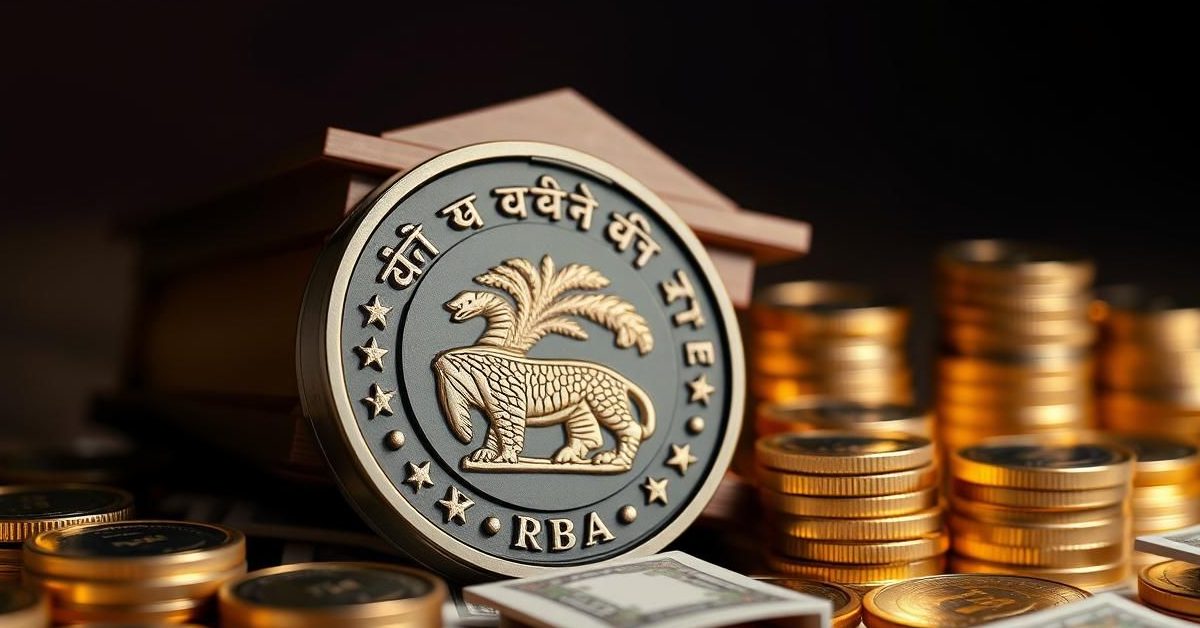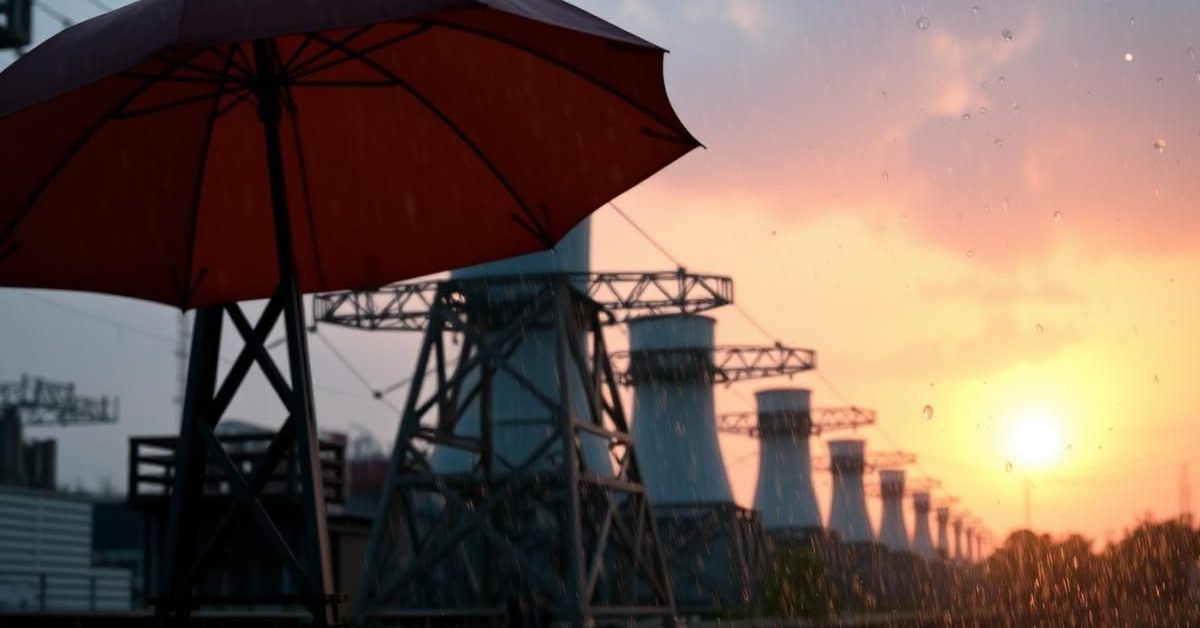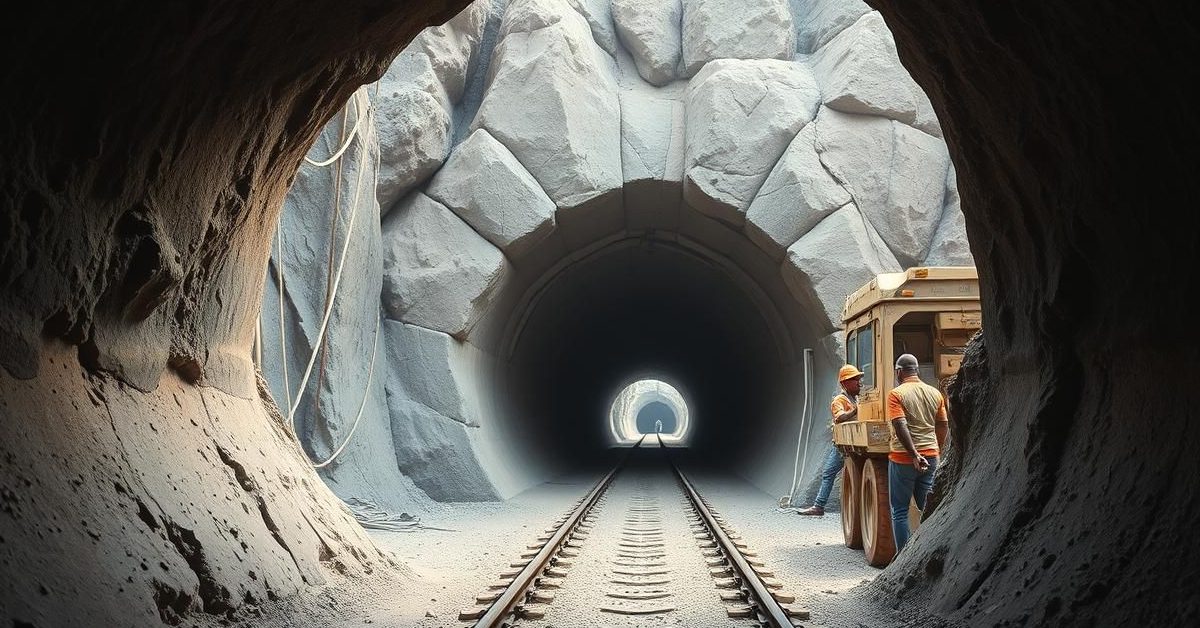Understanding India’s Banking Health: The RBI’s Projections
India’s robust banking sector, a critical pillar of its economic stability, continues to demonstrate remarkable resilience. The latest Financial Stability Report (FSR) from the Reserve Bank of India (RBI) offers a forward-looking assessment, projecting a minor uptick in non-performing assets (NPAs) while underscoring the system’s formidable underlying strength.
The report specifically focuses on Scheduled Commercial Banks (SCBs), providing crucial insights into their future health under various economic conditions. It’s a testament to the meticulous oversight employed by the central bank.
Gross NPAs: A Forward Glance
The Reserve Bank of India’s projections indicate a slight, manageable rise in the Gross Non-Performing Assets (GNPA) ratio for SCBs. This vital indicator, which tracks loans where borrowers have defaulted on payments for a specified period, is anticipated to increase marginally from 2.3 percent in March 2025 to 2.5 percent by March 2027 under the RBI’s baseline economic scenario.
This baseline represents the most probable economic trajectory, reflecting current trends and forecasts for key macroeconomic variables.
Peering into Hypothetical Storms: The RBI’s Stress Tests
These aren’t mere estimations. The RBI’s projections are the result of rigorous macro stress tests, a sophisticated analytical framework designed to gauge the banking system’s resilience. This comprehensive exercise evaluates banks’ capital ratios over a two-year horizon, incorporating potential credit risks, market fluctuations, and interest rate volatility.
Beyond the baseline, the RBI simulates two stringent, albeit hypothetical, “adverse scenarios” to test the system’s limits. The first adverse scenario envisions a highly volatile global environment, marked by heightened geopolitical risks and an escalation of global financial market instability.
The second adverse scenario posits a synchronized and sharp slowdown in economic growth across key global economies. Under these tougher hypothetical conditions, the aggregate GNPA ratio for SCBs could potentially rise more significantly, reaching 5.6 percent in Adverse Scenario 1 and 5.3 percent in Adverse Scenario 2.
India’s Banks: A Fortress of Stability
Despite these simulated challenges, the report delivers a powerful and reassuring message. India’s Scheduled Commercial Banks are exceptionally well-positioned, bolstered by substantial capital buffers, a historic low in non-performing loan ratios, and consistently robust earnings performance.
This foundational strength is paramount. It signals that even if the economy encounters unexpected headwinds or global disruptions, the banking system possesses the inherent capacity to absorb potential shocks with confidence.
Capital Adequacy: The Ultimate Safety Net
A critical measure of a bank’s financial health is its Capital to Risk-weighted Assets Ratio (CRAR). The aggregate CRAR for 46 major SCBs is projected to see a slight dip from 17.2 percent in March 2025 to 17.0 percent by March 2027 under the baseline scenario.
However, a pivotal finding emerges when examining the adverse scenarios: even if the CRAR were to fall to 14.2 percent (Adverse Scenario 1) or 14.6 percent (Adverse Scenario 2), *none* of the banks would breach the regulatory minimum requirement of 9 percent. This fact profoundly underscores their inherent robustness and preparedness.
Similarly, the Common Equity Tier 1 (CET1) capital ratio, representing a bank’s core capital and a key indicator of its loss-absorbing capacity, is expected to comfortably remain above the 5.5 percent regulatory minimum across all stress scenarios. This further affirms the sector’s solid and resilient financial foundation.
Probing Concentration Risk: The Top Borrower Test
The RBI also conducts specific stress tests to evaluate vulnerabilities like credit concentration risk. This involves simulating an extreme, albeit unlikely, event: a default by the top three individual borrowers across various banks. Even in such a dramatic hypothetical scenario, the system-level CRAR would experience a modest decline of just 90 basis points.
Crucially, the report confirms that no bank would find its CRAR dipping below the stipulated 9 percent threshold. While four banks might experience a drop exceeding two percentage points in their CRAR, this does not compromise their regulatory compliance, highlighting the diversified risk management strategies within the broader banking system.
NBFCs: A Complementary Pillar of Financial Strength
Beyond traditional banks, India’s Non-Banking Financial Companies (NBFCs) also present a largely positive outlook. The RBI report confirms their continued health, characterized by sizable capital buffers, robust earnings, and a consistent improvement in asset quality.
A system-level stress test conducted on a sample of 158 NBFCs projects a marginal rise in their aggregate GNPA ratio from 2.9 percent in March 2025 to 3.3 percent by March 2026 under the baseline scenario. Consequently, their aggregate CRAR might decline slightly from 23.4 percent to 21.4 percent over the same period.
The report notes that 10 NBFCs (all within the ‘middle layer’ and collectively holding 2.1 percent of total NBFC advances) might technically breach the 15 percent regulatory minimum capital requirement under the baseline. This serves as an area for ongoing vigilance rather than immediate concern, given the broader health and oversight of the dynamic NBFC sector.
A Resilient Outlook for India’s Financial Sector
The Reserve Bank of India’s latest Financial Stability Report paints a reassuring and comprehensive picture of the nation’s financial landscape. While prudently highlighting potential challenges under severe hypothetical scenarios, the overarching message is undeniably clear: India’s banking and non-banking financial sectors remain remarkably resilient, well-capitalized, and fully capable of supporting the nation’s ambitious economic growth trajectory.
This meticulous oversight by the RBI ensures that the financial system is robustly prepared for future uncertainties, reinforcing confidence among investors and the public alike in India’s economic fortitude.












